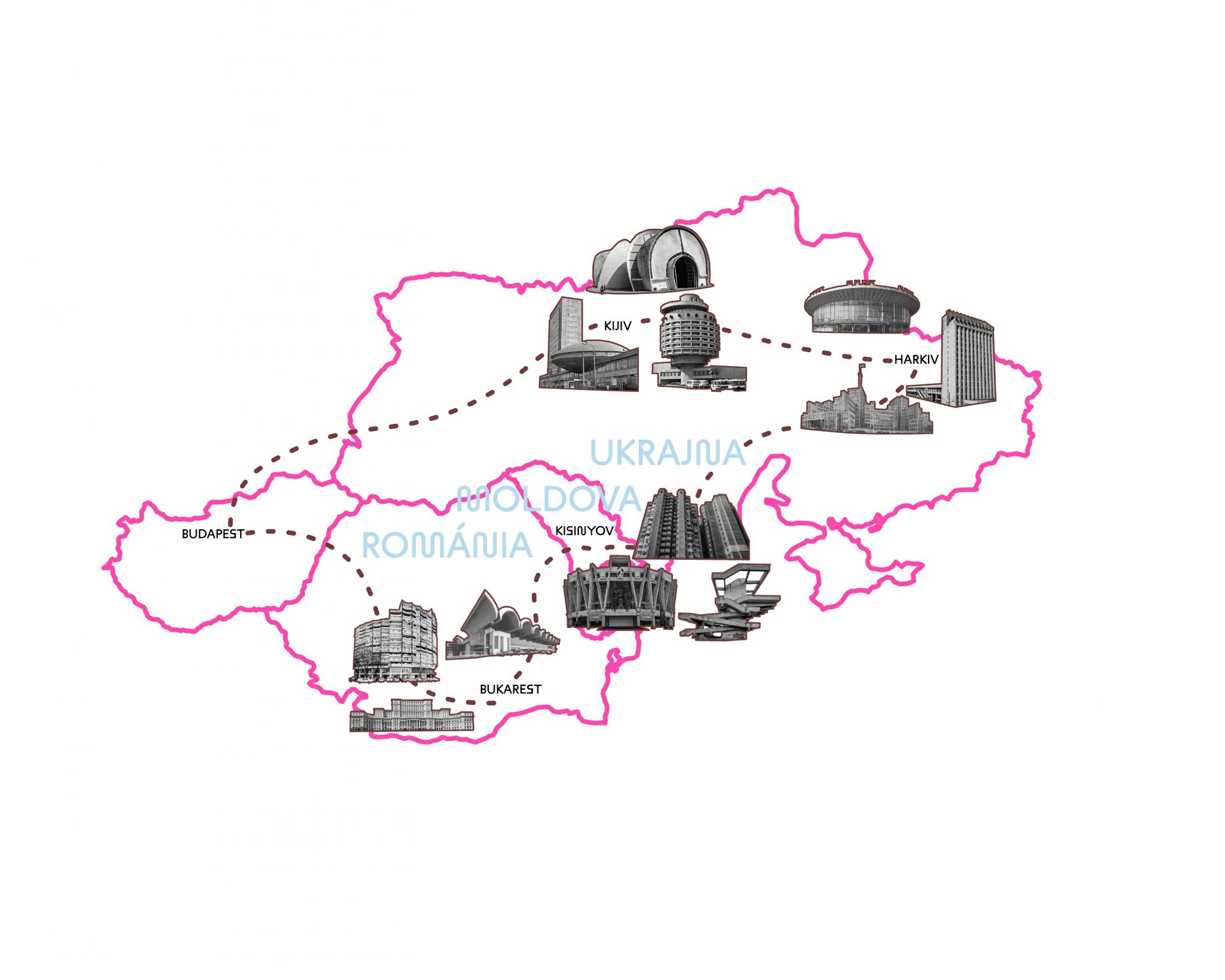“Scan it, because it may not be here tomorrow.” This sentence was said among the members of girlscanscan collective last winter. Affected by the demolitions of Hungarian modernist buildings, the girls started wondering how the 90s children were influenced by the heritage of the 20th century. Is it possible to create a universal pan-Eastern European toolkit to preserve and reintegrate these buildings into the urban fabric? After the opening of their first exhibition, they told us about their study trips to Ukraine, Moldova, and Romania, and their further plans. The exhibition Tripping on Modernist Monuments is open until 1 May at the Turbina.
Lilla Kammermann, Lilla Varga, Anna Zsoldos, Athina Edvy, and Bíborka Bánszegi know each other from the Architecture College. The group has 2 architects, 2 humanists, and a future urbanist. They claim that they have one thing to be grateful for the pandemic: due to the lockdowns, they found themselves in the same city again, started brainstorming together, and founded girlscanscan. “As a collective, we declare that the demolition of 20th-century buildings is the destruction of our past and heritage. Interventions on this scale, without any regulation and without taking into account professional opinion, are unacceptable in the built environment,” they pointed out.
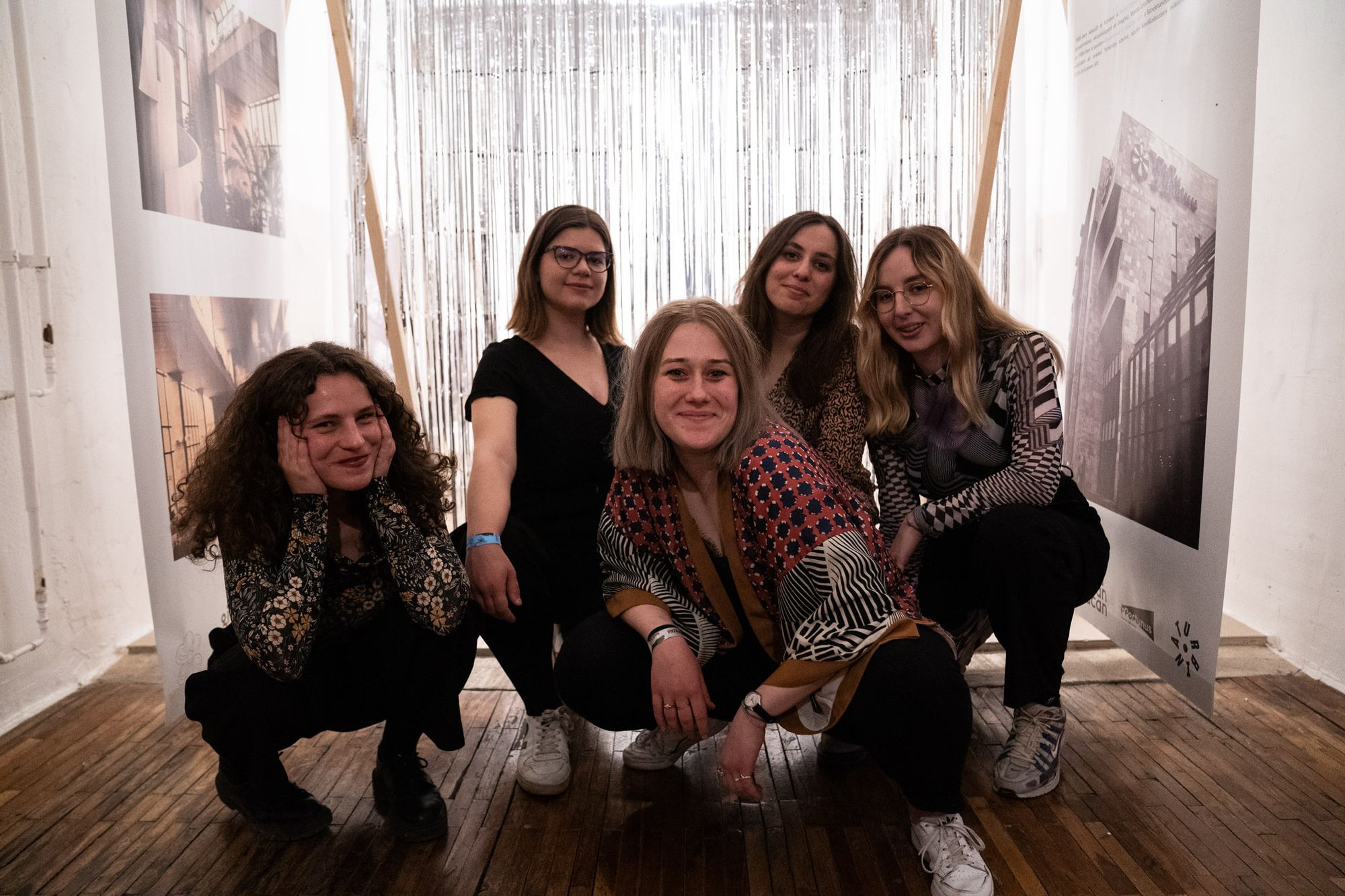
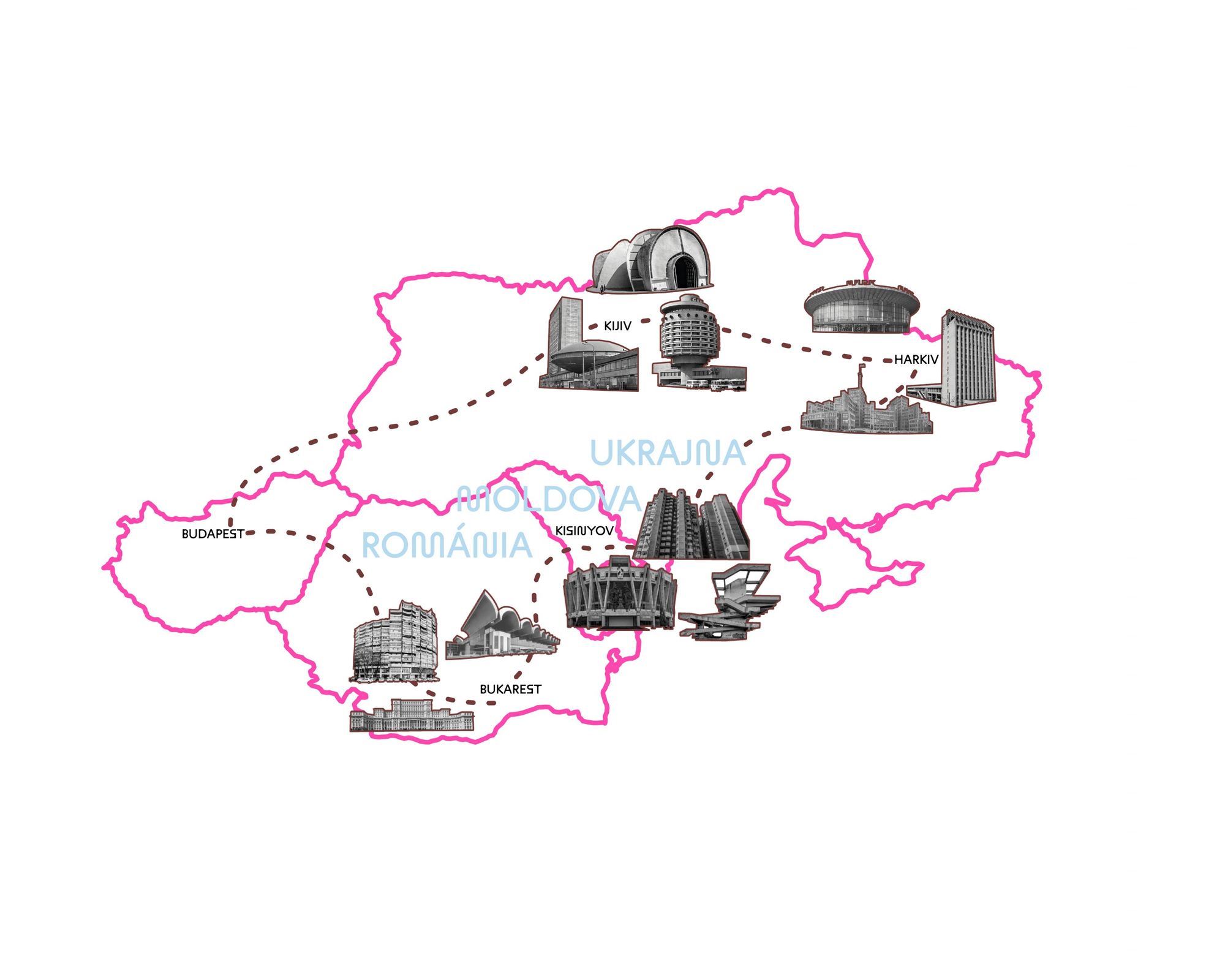
They started with a preliminary survey to map the situation in Hungary. They conducted more than 20 interviews with professionals, and their findings were presented at the Docomoco conference in Kharkiv last April. They were then awarded a scholarship and embarked on a study trip to the East. “The paradigm is that we always look to the West for good examples. We think that in this case, it may not work because the former Eastern Bloc is starting from a much more similar situation than the others. Our assumption was that because we have a similar history, the attitude towards saving our architectural heritage might be similar. So, we set off to the East: first to Kyiv, Kharkiv, Bucharest, and Chisinau. This assumption has been disproved in the meantime because we realized that we cannot generalize between countries, there are many intersections and contrasts, but it’s still very interesting to learn from them,” said Lilla Kammermann. The trip was also essential as it’s still very difficult to find examples in English on the internet, with almost everyone publishing results and events in their own language. But out there, they met local rescue workers who could share them first-hand.
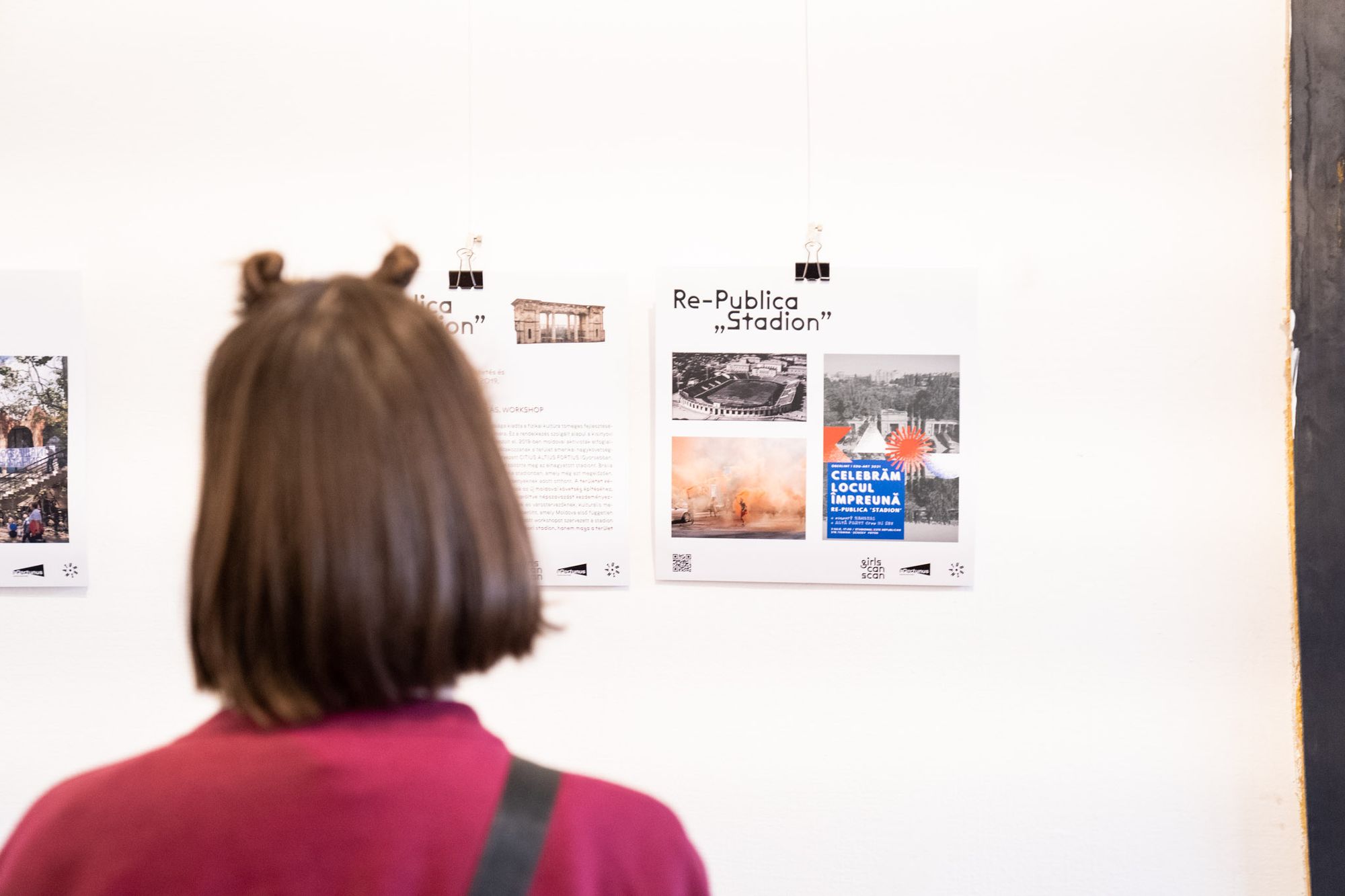
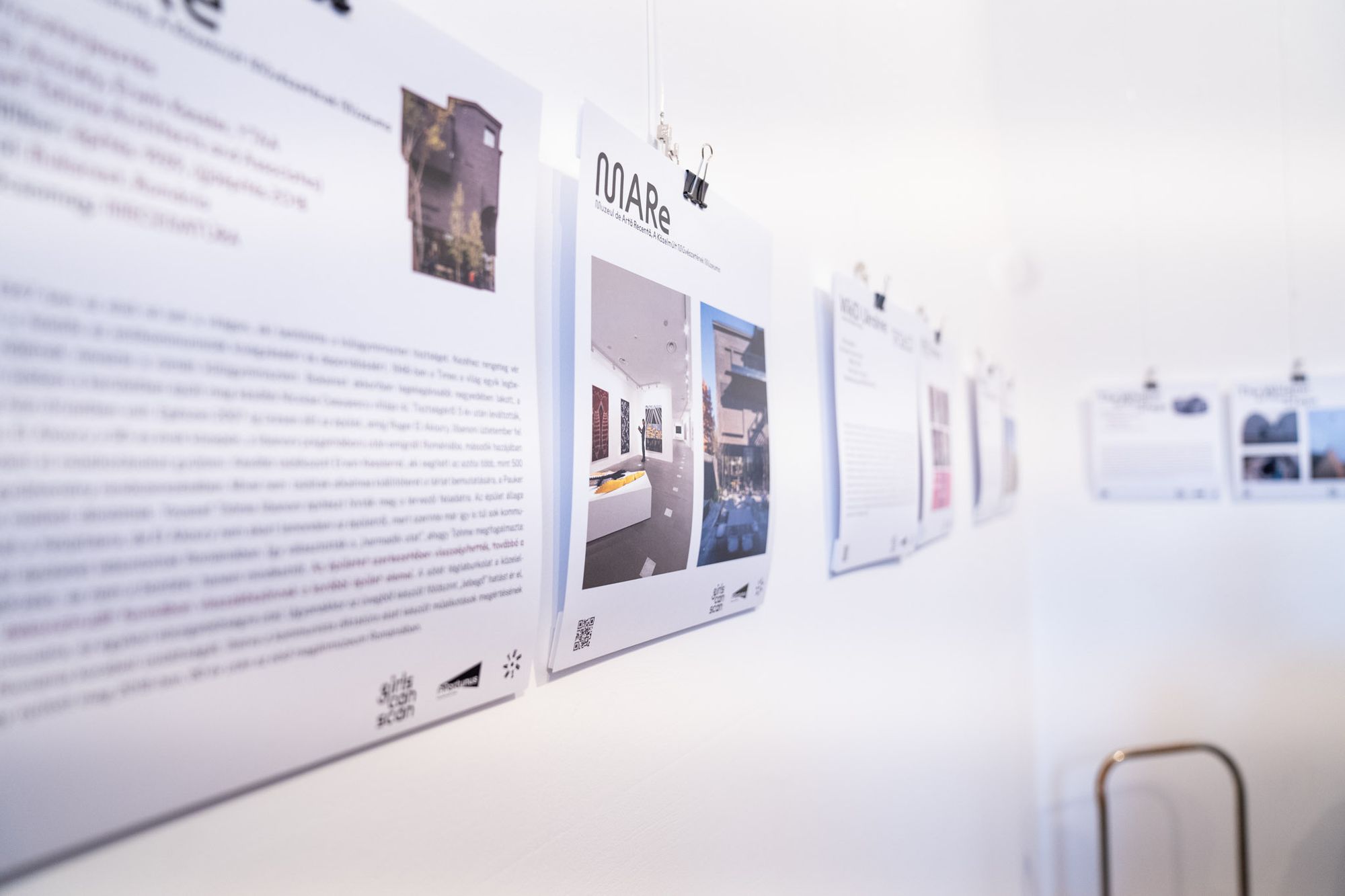
Out of nearly 50 case studies, 8 will be featured at the exhibition, mostly aimed to sensitize. Besides, the girls are working on the development of a tool kit that could be applied universally. The case studies were therefore presented in an easy-to-understand, transparent structure, and in each case, the emergency packages that were put in place to protect them were collected. An installation of architect Lilla Varga’s diploma project from 2022 was also presented, which offers an alternative to demolition for the recycling of an iconic Ukrainian building, the Kvity Ukrayiny (Flowers of Ukraine) in Kyiv. Lilla has developed a flexible and adaptable system that can be used to fulfill a variety of functions, using mobile spatial elements placed in the interior. For example, the building could be reused as a market, café, office space, or sports hall. They believe that the more life cycles, renovations, and changes of function a building can undergo, the more successful and sustainable it becomes. Ybl Prize-winning Hungarian architect Zsófia Csomay also made this point in her opening speech: she believes that the symbiosis of old and new is a great way to create value and that the reinforced concrete structure of modern buildings is perfectly suited to this. She also said that although little has been achieved so far in reinterpreting socialist architecture, the new generation can now take up the challenge with renewed vigor, as they have a different approach to the aesthetics and history of the period.
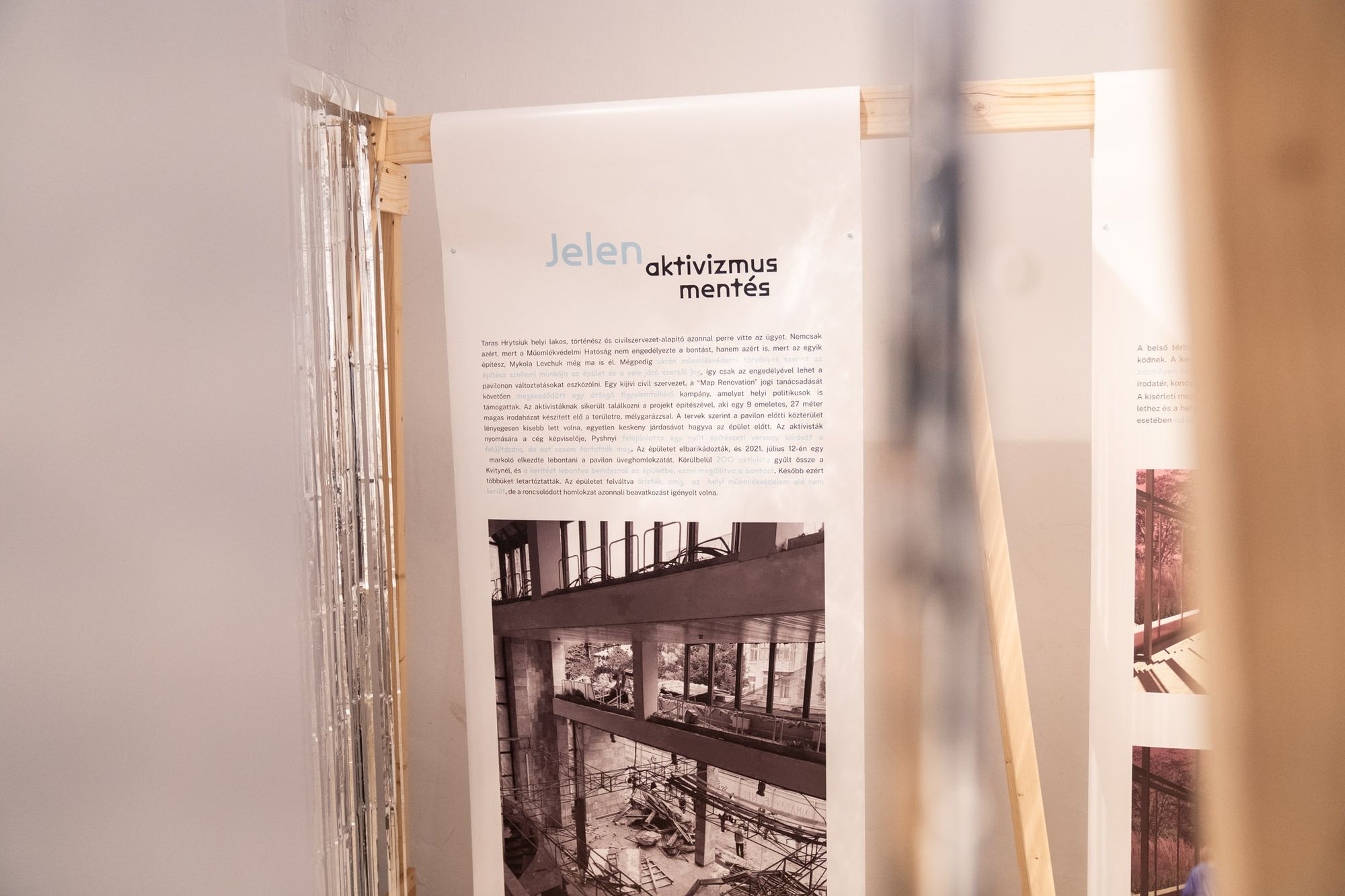
The girls are full of plans, they’d like to continue their study trips in the V4 countries and Eastern Germany, as well, and put their achievements into practice as soon as possible. At the party after the exhibition, a visual montage of images and videos taken during their journey gave a different meaning to the title of the exhibition Tripping on Modernist Monuments.
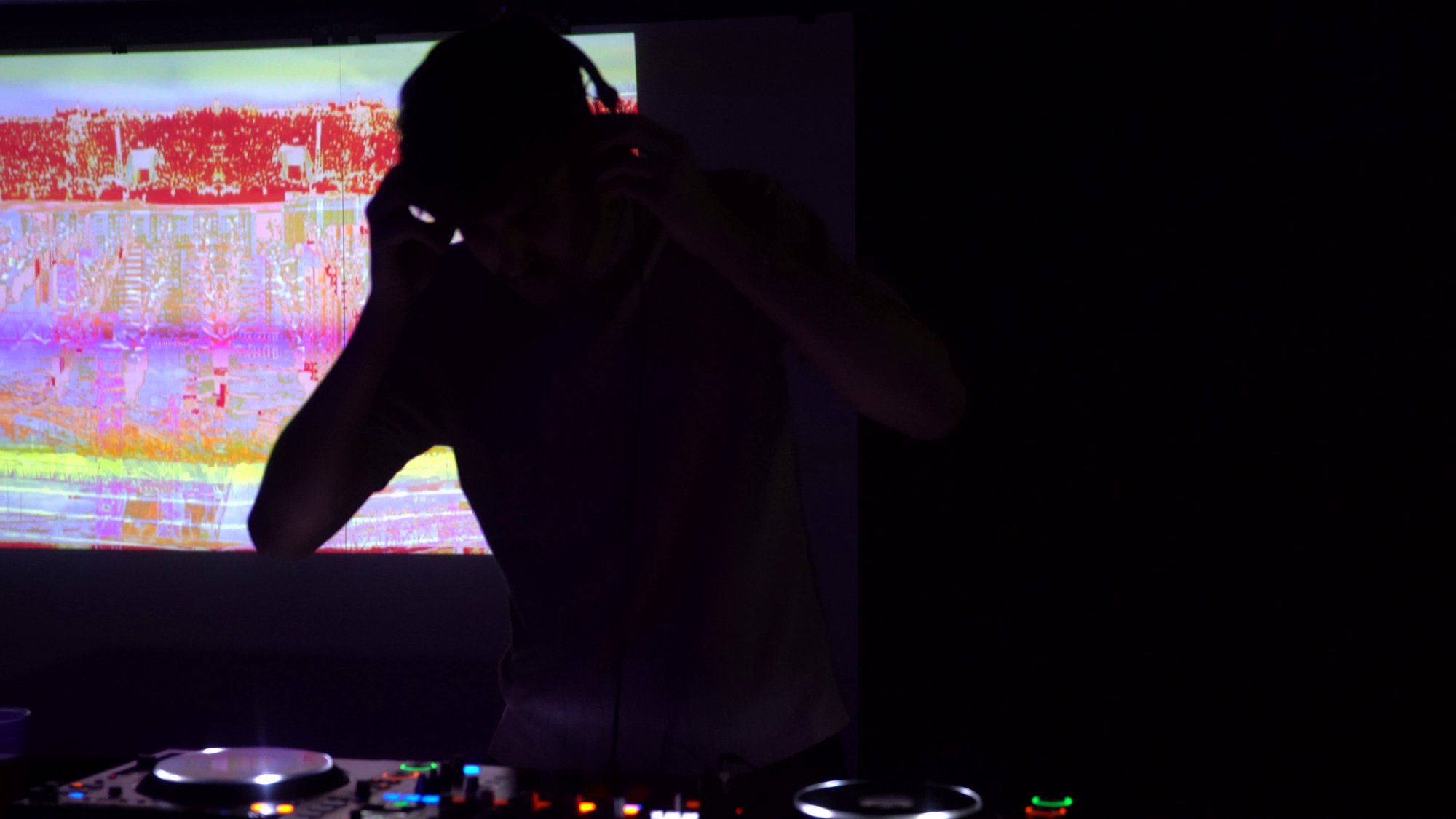
The current, gut-wrenching aspect of the exhibition, the war in Ukraine, has accelerated the destruction of buildings at an unexpected pace and made the urgent need to scan the urban fabric even more relevant. “When we were in Ukraine in September, we were only concerned with demolitions, but now there is a completely different level of destruction. We’re getting very nice messages back from the people we met there, full of strength and perseverance. On the one hand, they are happy that our exhibition with Ukrainian examples has been realized, and on the other hand, they ask us to proclaim that Ukraine is a free, independent, and strong country and a very beautiful place,” they shared.
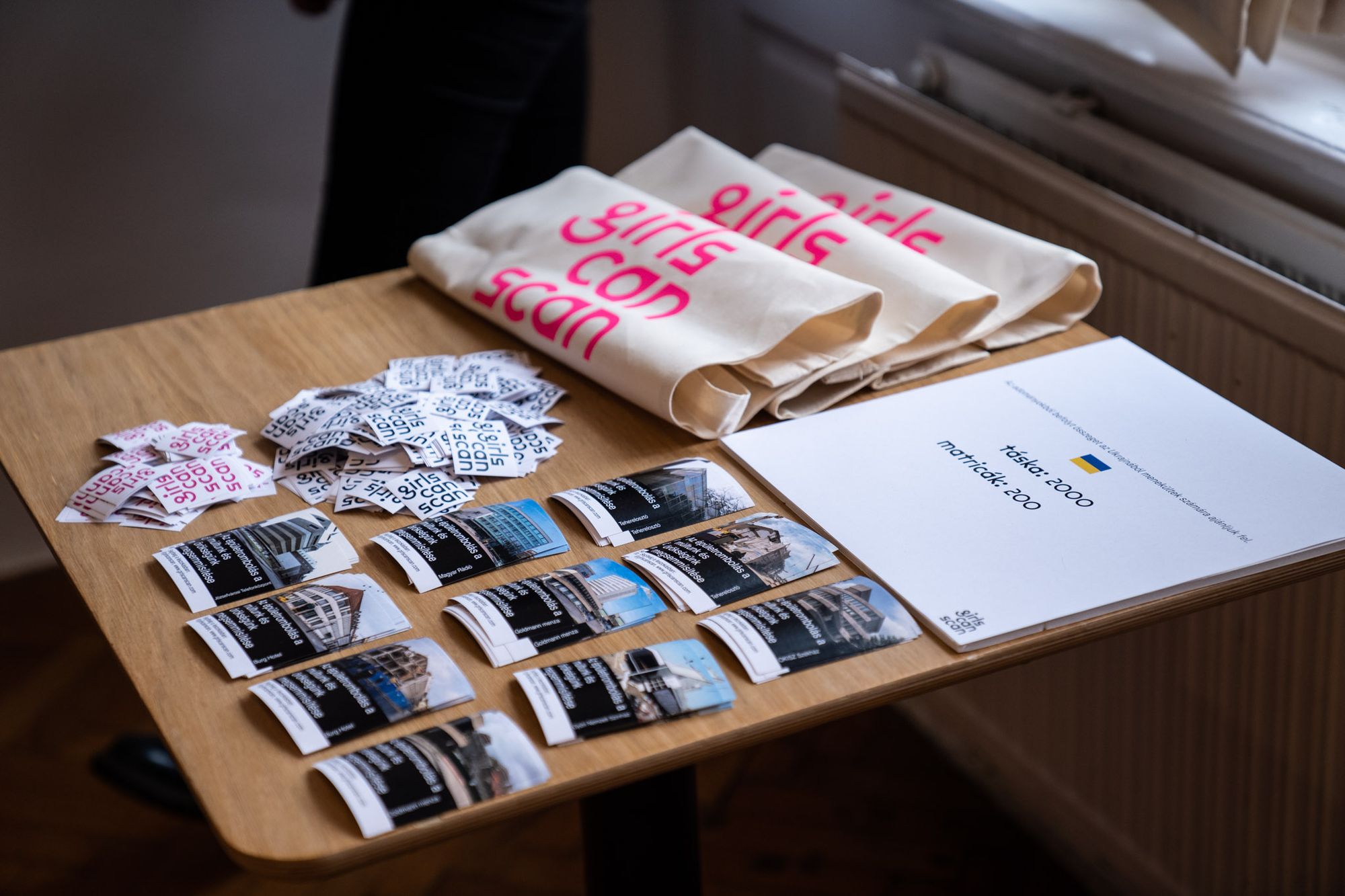
girlscanscan | Web | Instagram
Photos: Rebeka Bánszegi
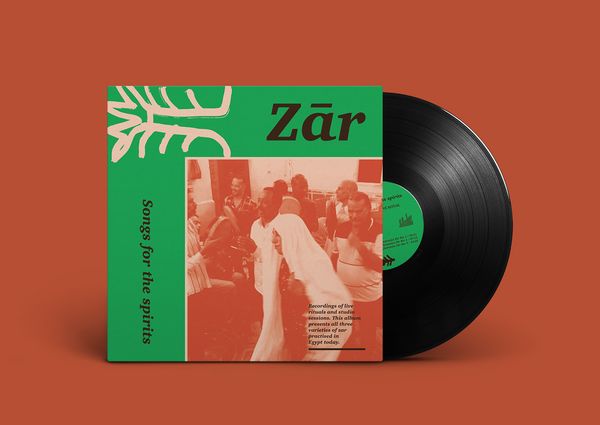
Mixing fun with function—collage technique à la Hekla

„Some of my shapes are so old that they feel modern, almost abstract"—Meander Ceramics Manufactory










